PROTECT YOUR DNA WITH QUANTUM TECHNOLOGY
Orgo-Life the new way to the future Advertising by Adpathway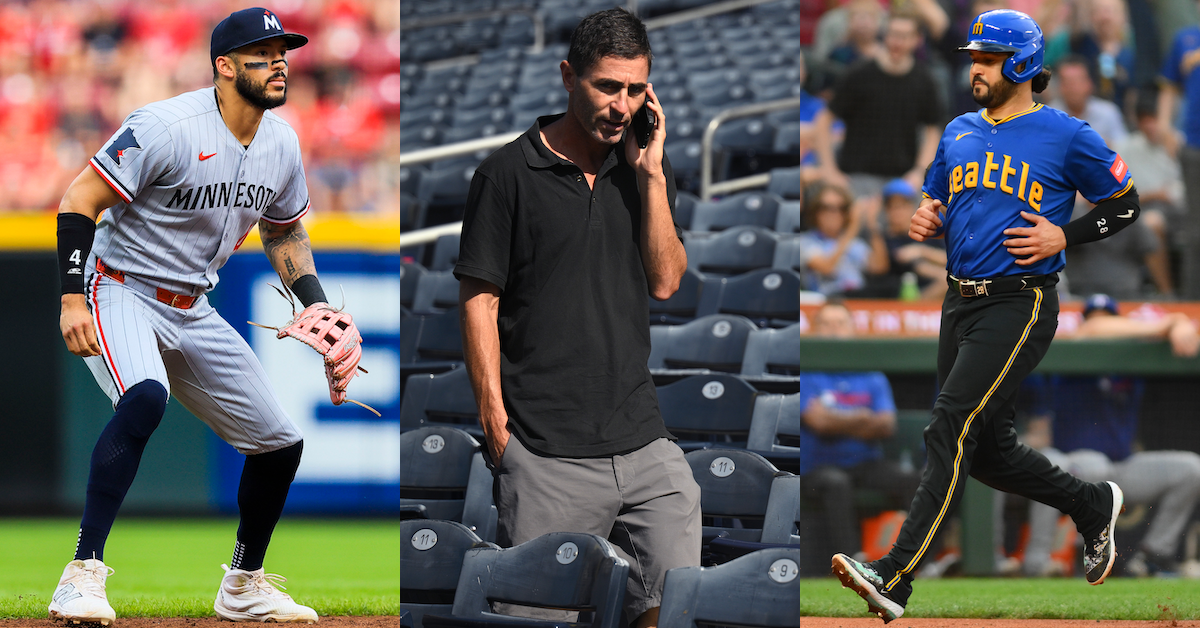 Katie Stratman, Orlando Ramirez, Steven Bisig-Imagn Images
Katie Stratman, Orlando Ramirez, Steven Bisig-Imagn ImagesNow that the deadline dust has settled – or at least, started to settle – it’s time to start making sense of it. The Padres, Twins, and Orioles were everywhere. Top relievers flew off the board. Both New York teams spent all day adding. But who did well? Who did poorly? Who was so frenetic that they probably belong in both categories more than once? I tried to sort things out a little bit. This isn’t an exhaustive list. There were 36 trades on deadline day, a new record, and more than a dozen before it. Nearly every team changed its trajectory at least a little, and this is just a brief look into the chaos. Here are the trends that most stood out to me.
Winner: Teams Trading Top Pitchers
This year’s crop of rental players was lighter than usual, but deadline activity didn’t slow. Instead, it simply spilled over into relievers under contract for a while. Mason Miller, Jhoan Duran, Griffin Jax, and David Bednar are under contract for a combined nine more years after 2025. That drove the prospect price up on all four. Having long-term control of relievers might be less valuable than at other positions, but it’s still valuable.
Most of the best prospects who swapped teams at the deadline were involved in a trade for top pitching. Leo De Vries, the consensus best player of the 2024 international signing period, was the big name here, but both the Phillies and Yankees offered up multiple good minor leaguers in exchange for Duran and Bednar. Taj Bradley, whom the Twins got back for Jax, is a former top prospect who won’t be a free agent until 2030.
Starters who are good enough to appear in playoff rotations were another hot commodity. The Blue Jays sent a Top 100 prospect to the Guardians for Shane Bieber. The Rangers traded a ton of interesting pitching prospects to add Merrill Kelly to what was already the best rotation in the American League. Those were the best two starters who actually got traded, with Joe Ryan and MacKenzie Gore both staying put. Considering the prospect packages for the others, it would’ve taken an astronomical price to pry those two from their current clubs.
Remember what I said before about there not being as many good rentals available this year? Well, that’s true, but there were still some very good relievers on expiring contracts, and this proved to be a fertile fountain of trades, too. The Mets sent out a bundle of prospects for Tyler Rogers and Ryan Helsley. Dustin May moved for a decent return. Deadline buyers this year looked at a market light on impact bats and did the obvious thing by leaning into pitching. That meant the teams who could offer pitchers were able to pick and choose between competitive offers.
Loser: Teams Trading Rental Bats
I won’t sugarcoat it: The returns here weren’t great. The Diamondbacks were in the driver’s seat with two of the best available hitters to trade — Josh Naylor and Eugenio Suárez — but they ended up sending both to the Mariners in separate deals for depth over star power. The Orioles traded Ryan O’Hearn and Ramón Laureano in a single deal and didn’t get anyone back with a higher-than-40 FV. Those were the big trades for hitters, even.
This trend is nothing new — teams just don’t pay up for three months of a hitter anymore — but it was still fairly surprising. If you told me what Mason Miller, Tyler Rogers, and Merrill Kelly netted for their old clubs, just to pick some pitchers from across the spectrum of roles and team control, I would have said this was a seller’s market. Then I would have massively overestimated what Arizona received for its two bats, Suárez in particular.
Getting a good hitter for multiple seasons? Teams love it. Look at the contracts they hand out, the extensions they offer, the trades they’re willing to make. But when you’re making additions with only the upcoming postseason in mind, arms matter way more than bats. That’s just how October baseball works now. As a result, it’s also how late July works.
Winner: Trading From Depth
The Mariners and Mets did brisk business throughout the week. Seattle shored up two weak spots in its lineup and added a key lefty reliever. The Mets added three good-to-great relievers and Cedric Mullins. Both teams sent back a fistful of prospects to secure their upgrades. That’s just fine for them, though, which makes them big winners at the deadline.
The Mariners sent out three prospects who didn’t crack their org’s top 10 for Suárez. That followed another trade of two prospects who didn’t crack their top 10, also to the Diamondbacks, for Naylor. The cost to get Caleb Ferguson? You guessed it: not much. The Mets operated similarly, giving up quantity rather than quality. They didn’t move any of their six Top 100 prospects, and yet they traded double-digit players in securing their upgrades. Whether it was three players for Rogers, four players for Helsley, or three for Mullins, New York sent out a ton of prospects to get back a few impact guys.
For both organizations, this was on purpose. The Mariners sent out a bevy of former mid-round draft picks who have developed into interesting players, and they cleaned up their 40-man roster while doing so, trading away four players who were on the 40 but not currently contributing to the big league club. In doing so, they improved their current roster while also sorting out their 40-man logjam — a task they would’ve had to take care of in the offseason anyway.
Likewise, the Mets dealt from the fruits of their newfound prospect development pipeline. To get Rogers, they sent San Francisco three players who need to be on the 40-man roster by the end of the year. The guys they gave the O’s for Mullins? Two Rule 5-eligible pitchers and a 2024 undrafted free agent. You can throw the Yankees and Phillies into this category, too. Both sent plenty of blocked prospects out in exchange for currently useful major leaguers, all the better to clear the roster and start the cycle again.
The Mariners and Mets farm systems still look good after making meaningful deadline upgrades. The Yankees and Phillies added a lot relative to what they gave up. That’s because they were able to match up with teams who don’t have the same kind of depth or who were looking for particular skill sets in return. This thoroughly modern way of approaching the deadline, determining first what you’ll trade and second what you can get for it, can be boring when it leads to inactivity. This week, though, it resulted in a lot of movement and multi-player trades.
Winner: Carlos Correa
Come on, admit it: You’re thinking it, too. Carlos Correa is going back to Houston, where he’ll get a little healthier and terrorize Astros opponents in October. How can they keep getting away with this?! The Twins even paid Houston to take Correa off their hands. He’ll make some cheesy statement about how those hamburgers were delicious but dangerous if you have too many. He’ll post a 130 wRC+ the rest of the year, look good playing third base, and have a gentle decline phase after all. That’s how it always seems to work out for the Astros, and also how it always seems to work out for the Twins.
Correa’s time in Minnesota was anything but smooth sailing. He landed there the first time after a long free agency standoff, and the second time after two teams reneged on contracts. He never quite managed to be healthy and good for the Twins after his 2022 debut, though he showed flashes of both. And now he’s back with Houston, and I can already imagine him in the playoffs again. While everyone else was making marginal moves for fourth outfielders, the Astros got the Twins to send them Correa and a check for $33 million. Just like Michael Baumann, I’m not sure how the Correa deal will play out long-term. But in my bones, it just feels to me like he’s more likely to have a career resurgence now than he was before the trade.
Loser: The Twins
Hey, I’m not against selling. This season clearly wasn’t Minnesota’s year. It was time to trade some expiring contracts, maybe listen if someone wanted to talk seriously about Jhoan Duran or Joe Ryan, and start figuring out how to put the best possible team on the field in 2026. Instead, the Twins sold everything that wasn’t nailed down, and then they went to the scrapyard to try to sell the nails.
As I look at Minnesota’s roster Friday morning, I see 18 active players. That includes James Outman, whom the Twins acquired for Brock Stewart on Thursday, and who is already listed as a starter on their RosterResource page because they have only three outfielders on their active roster right now, including him. Their bullpen is basically all new. With Byron Buxton on the IL, their best position player is Ryan Jeffers with 1.2 WAR, just ahead of Kody Clemens and his 1.1.
The Twins traded 11 players this week, 10 off the big league roster. They traded from every part of their roster. Elite relievers with multiple years of team control remaining? Gone. Journeyman bats and rental starters? Gone, for whatever they could get. All-Star shortstop under contract for years to come? Gone, with money going out the door to grease the wheels.
It’s not like they did this because they have a solid core that just needed some fresh talent to come in, rejuvenate the organization, and provide a spark next season. The farm system is rejuvenated, no doubt, but not with top-end talent, and no spark is coming. The Twins are ninth in our updated farm system rankings, but every team ahead of them, along with most of the ones close behind them, has more elite prospects than they do. They’ve built the kind of farm system that you can use to make deadline trades, which makes sense, because they built it by receiving all of these prospects as the return for deadline trades. The big problem with that? They don’t need to make deadline trades to improve the big league roster, because they’ve just made clear that they aren’t planning on competing in the near future.
A lot of deadline dealing feels vaguely unsavory. Every Giants fan I’ve talked to since Tyler Rogers got traded has complained about what I think was a very reasonable deal, one I’d make 10 times out of 10 if Buster Posey let me take the wheel. It’s not because the return wasn’t good; it’s because they want their team to try to win games. Taking away from the product on the field feels a little bad even when it’s the right decision. But this Minnesota move is something else.
Who cares? What’s the point? The social contract between teams and fans – we’ll sell a little bit today because we want to be more entertaining tomorrow – feels broken when the club offloads everything, everywhere, all at once. That’s especially true for the Twins, who were expected to contend for a playoff spot this season. Instead, they tore it all down, and getting rid of Correa was the fatal blow. Was it a good trade from a business perspective? It’s surely neither all that good, nor all that bad. But the better question is, who cares if it’s good or bad when the message it sends is objectively terrible? You don’t execute this kind of sell-off if you’re planning to turn around and compete next year. I grimaced as the deals kept flowing in, and I’m morbidly curious to watch the atmosphere at Twins games the rest of the way. We haven’t seen a complete capitulation like this in a long time.
Force of Nature: A.J. Preller
I initially wrote this article with the Padres as both winners and losers. Preller made so many trades, from so many angles, that I couldn’t decide if the sum was good or bad. That’s still where I am a day later, so I decided to give him his own category.
I like a lot of the thinking behind Preller’s unceasing wheeling and dealing. Mason Miller, the gem of San Diego’s deadline, might be a reliever, but he’s under team control for a long time. So are fellow acquisitions JP Sears and Freddy Fermin. They make the team better in 2025, of course, but they also make the team better in 2026 and beyond. That fits squarely within San Diego’s contention window for its current core, and it also fits with Preller’s propensity to trade away players he’s previously acquired. If you have them under control for more years, you retain more value on the flip.
The rental players that Preller acquired? They came from affordable categories. The Padres were below replacement level at both left field and DH. No problem. They added a left fielder and a DH who are playing very well right now but didn’t cost them much because hitters were relatively cheap to acquire this deadline. When they added depth pitching, they went way deep to avoid the top-of-market prices; coming off an injury, Nestor Cortes is far from a sure thing, but I wouldn’t be shocked if he turns into a playoff contributor, and all he cost them was an extraneous outfielder.
Another plus: San Diego’s perpetually thin farm system, a product of Preller’s predilection for trading quantity over quality, has left a ton of open roster spots that the organization can use to discover and develop other minor leaguers that otherwise wouldn’t get an opportunity. And as we saw this week, the Padres can use those guys to improve the big league club. The two players they sent to Kansas City for Fermin? A Rule 5 guy and a former sixth-round draft pick. The players who accompanied De Vries in the Miller deal? An undrafted free agent, a minor league free agent they signed last winter, and a low-bonus international signing from 2019. A lot of these guys gained value because the Padres had playing time for them in the minors after parting with previous trade chips. You have to spend prospects to make prospects.
I love the framing of these moves. Preller moved a ton of prospects around, yes, but he mostly turned them into similarly valued players who will be on the team for years to come. He got a starting catcher, an elite closer, and a depth starter for the 2026 squad, which will probably be a pretty good team – after all, it starts with Manny Machado, Fernando Tatis Jr., Jackson Merrill, and more. You could even imagine the Padres winning these deals in a big way. Maybe Fermin just needs everyday playing time to shine. Maybe Sears will recapture his prospect pedigree and Miller will be the rare reliever immune to volatility or successfully transition to the rotation.
I don’t think those are all that likely, though, even if they’re possible. And while I like the big-picture thinking that went into this plan, boy, Preller sure had to give up a ton of good prospects to get it done. The last time a guy like Leo De Vries changed hands at the deadline was when Preller himself traded for Juan Soto. And Miller, who throws so hard and with such violence that it looks like his arm is going to fall off, is not Juan Soto.
I still think that I’m into what Preller did, on the whole, despite how much he gave up to do it. The Padres don’t have forever to compete; they’re really good right now, and many of their best players are already in their 30s. The whole game for them is about making the most of 2025-2028, because when it’s 2029 and they’re paying 37-year-old Machado and 36-year-old Xander Bogaerts $65 million a year, competing gets a little trickier.
My criticism is with the frantic aspect of it all. When the Padres do a ton of deals in a row, it feels like they’re linked moves that all have to go down for any of them to work out. You see one domino fall and think “but this move doesn’t make sense unless they make another trade.” Add Sears in the Miller trade? But they need a catcher, not a pitcher! Oh, it’s because they’re trading two pitchers for a catcher. Ignore your other offensive black holes? Oh, it’s because there’s still a different deal in the pipeline to address them. However, it seems like the teams trading with the Padres know this, and so they extract maximum value from Preller because they see that he’s forced into making a move.
Again, I’d probably take the net package, even though I dislike some of the individual trades, because the broad direction of the franchise is way more important than whether you “underpay” or “overpay” on a few deadline deals, and in recent years it’s become clear that for all the chaos, Preller understands how to steer this franchise in the right direction. Even so, for sanity’s sake, maybe they should hire someone to sit beside him and, before he makes a drastic decision, remind him to take deep breaths while counting down from 10.


 11 hours ago
1
11 hours ago
1
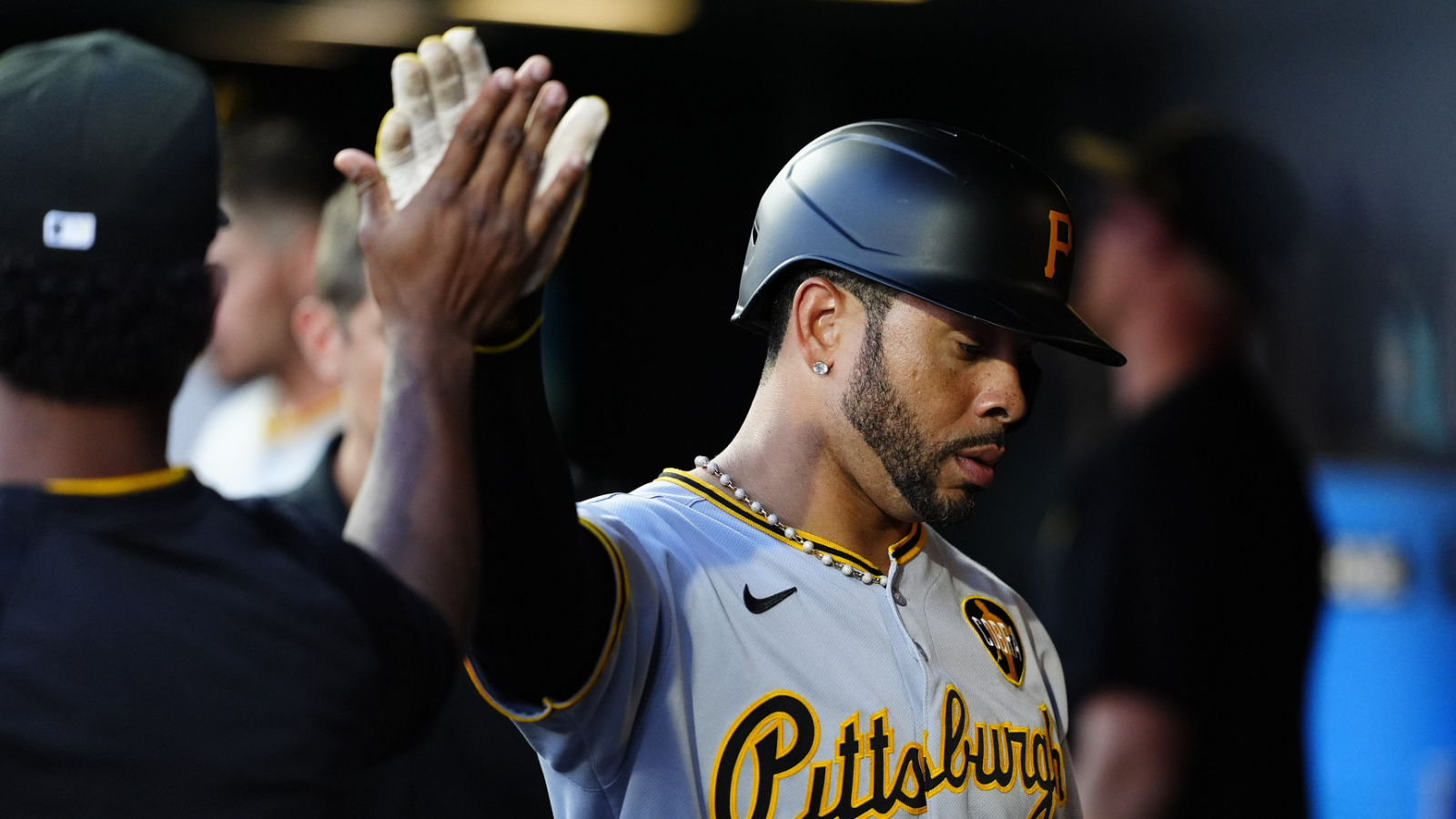





![[HIGHLIGHT] BRENTON DOYLE SMASHES A WALK OFF DINGER! THE ROCKIES COME BACK TO DEFEAT THE PIRATES!!!](https://external-preview.redd.it/ZW1uaDFsaW4zamdmMefxW3l6kC-5y-EV2ooioLIVDPpkrftz8b9LacnjMHgJ.png?width=640&crop=smart&auto=webp&s=fb00ebaaf6ceca1f2a64f97ea613784cedd085d3)

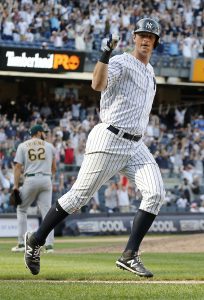
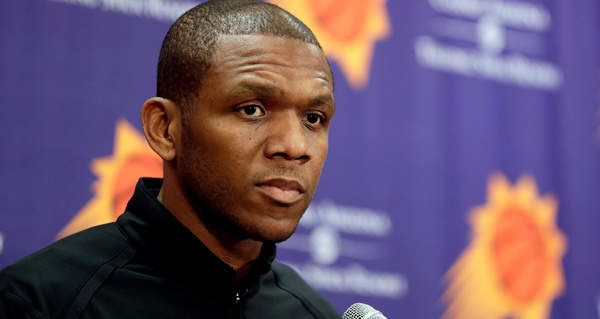
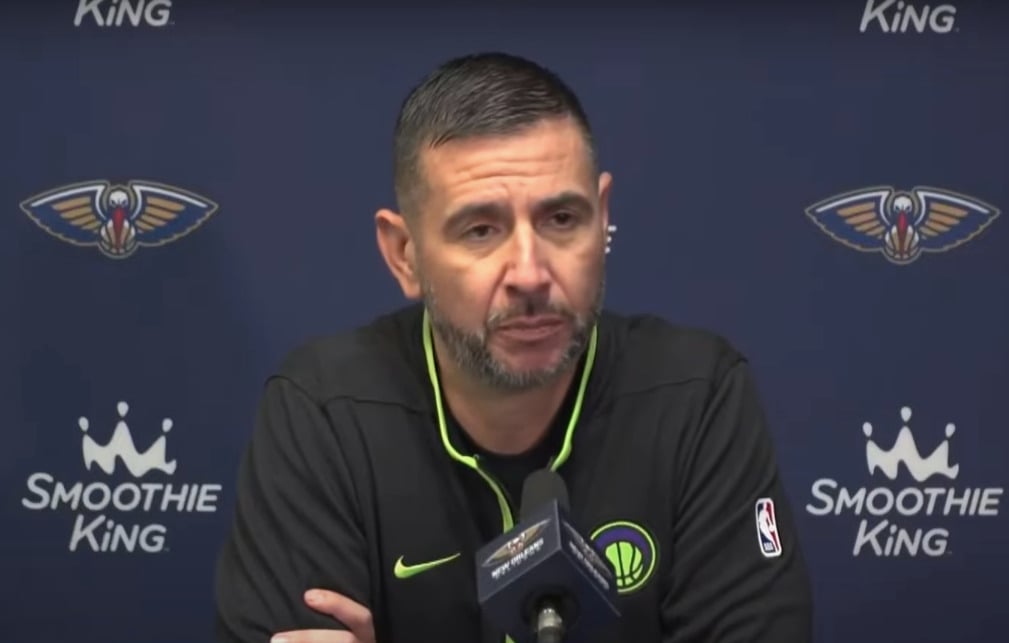
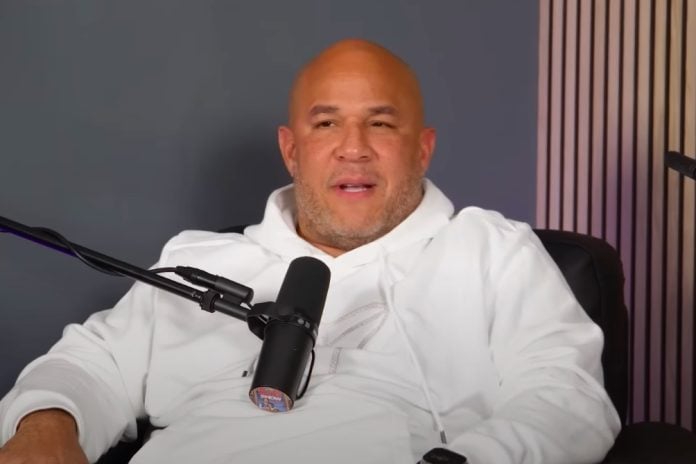
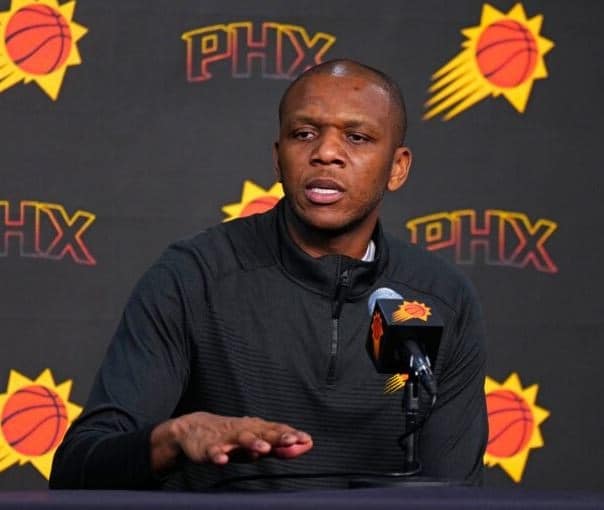

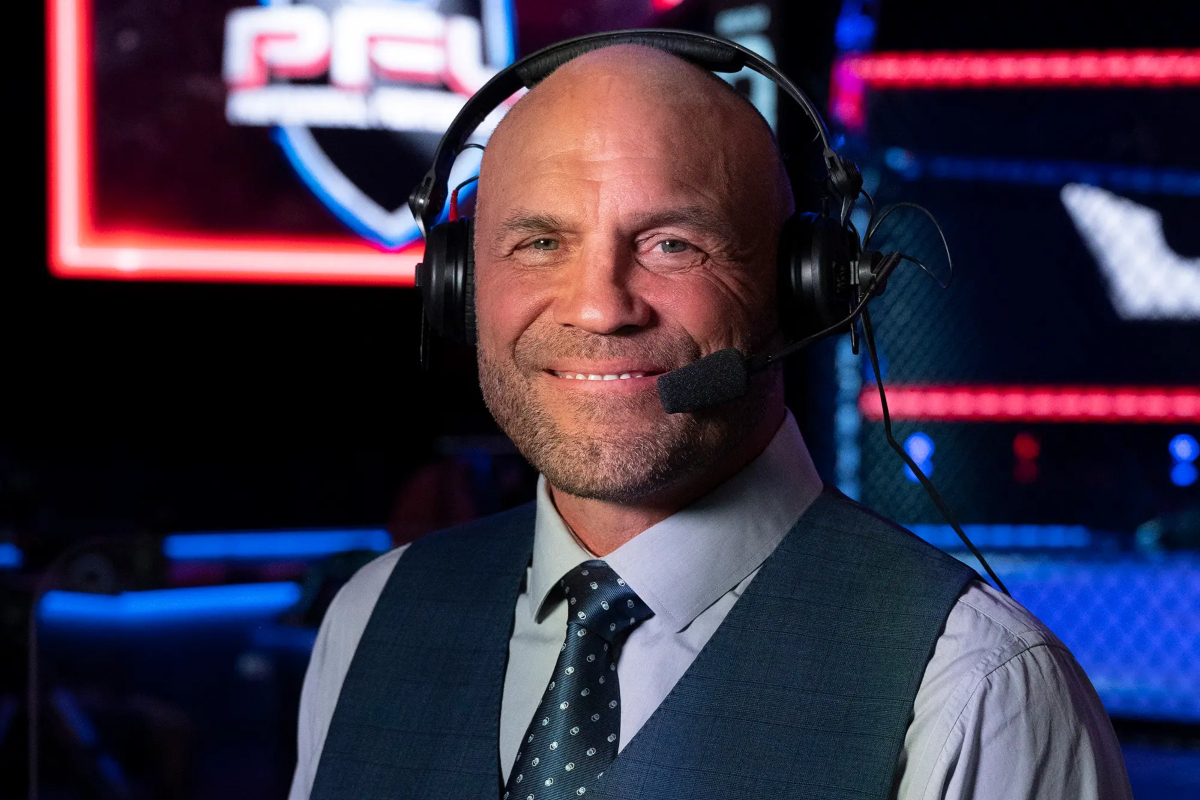
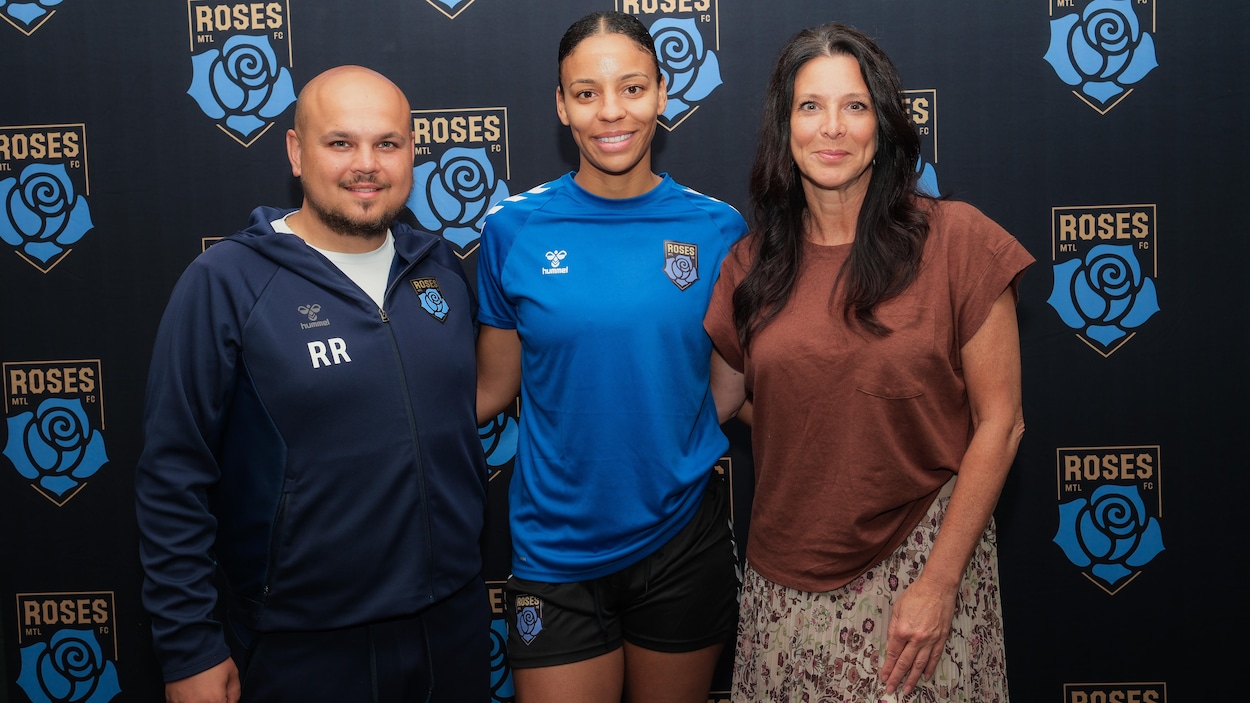

 English (US) ·
English (US) ·  French (CA) ·
French (CA) ·